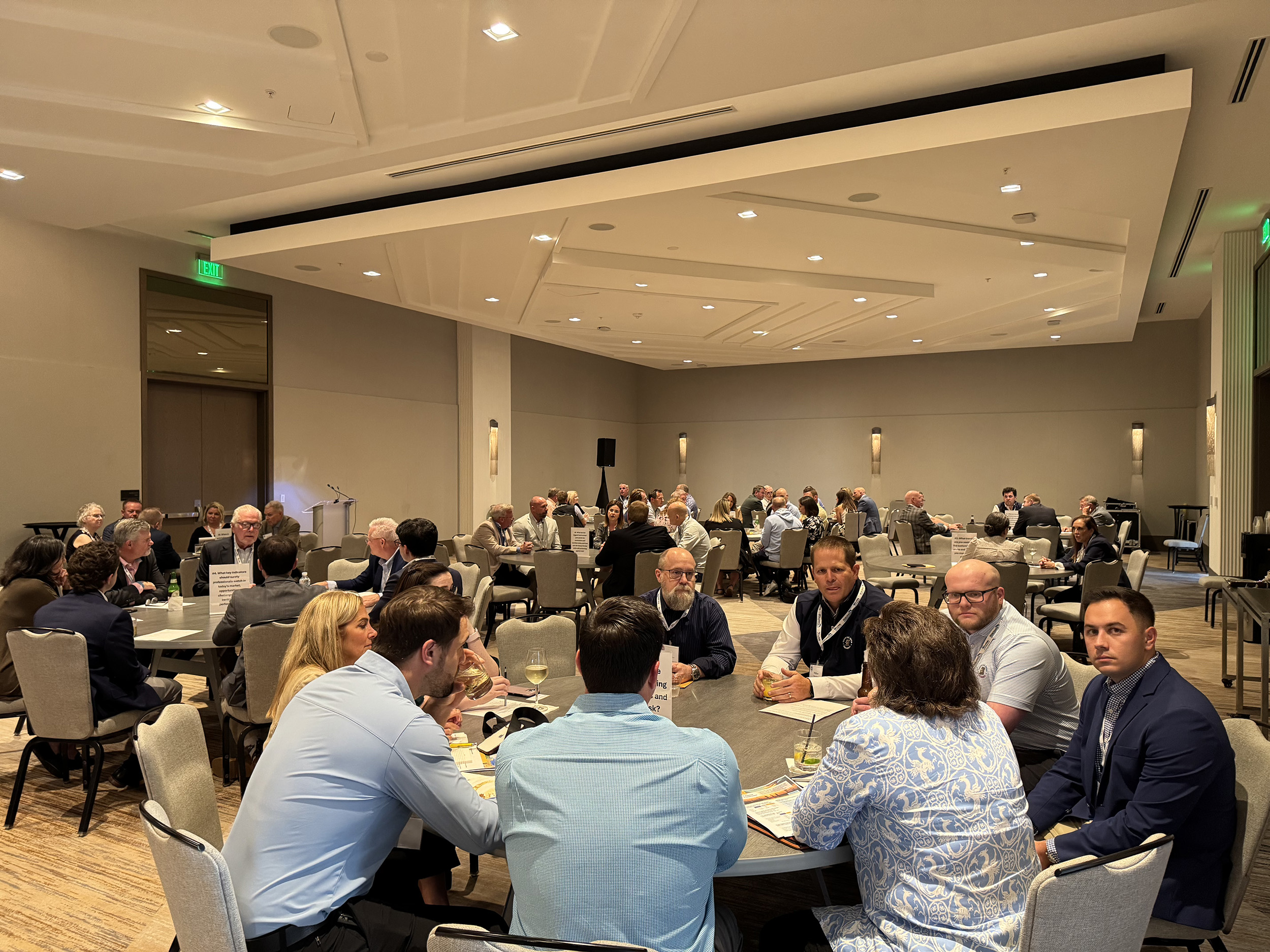Considerations for Subcontractors Participating in Wrap-Ups
Wrap-Up programs are increasingly being used as an insurance delivery method for construction projects around the country. All participants and their brokers should be aware of the unanticipated difficulties in using these project specific insurance programs. Keeping in mind that each program is underwritten to its project specific exposures, here are guidelines for subcontractors to successfully participate in Wrap-Up programs.
A Controlled Insurance Program (CIP) involves the procurement by the sponsor (owner or general contractor) of certain insurance policies protecting both the sponsor and various contractors involved with the construction project rather than relying on individually purchased insurance policies. These types of programs are also commonly referred to as “Wrap-Ups.” The traditional policies involved in Wrap-Ups are Workers’ Compensation, Commercial General Liability, Excess Liability. Oftentimes, the Wrap-Up sponsor may also procure a stand-alone Builder’s Risk policy along with project specific Professional Liability and Environmental Liability Policies.
The primary reasons sponsors use these programs are to attempt to reduce the insurance costs, enhance safety and claims handling and protect the sponsors’ assets by ensuring that adequate limits are provided for the owner and all participating contractors in the event of a loss.
A Wrap-up typically will include all contractors, subcontractors and other participants in the construction project. Architects and engineers are often included as insureds but not for coverage of their professional liability. Suppliers are generally not included, as the intent of the CIP is to include only interests of firms that have on-site labor costs.
I. Worker’s Compensation—Below is a list of items related to the Workers’ Compensation exposures for subcontractors and their brokers to consider when evaluating their participation in a Wrap-Up program:
Be aware that your loss experience in a Wrap-Up is reflected in your Experience Modification Rate (EMR) factor, which reflects the safety record of a company over a 3-year loss record and is applied to a company’s insurance premium. For example, a lower EMR rating means fewer accidents and lower cost of insurance. All payrolls and claims need to be correctly reported to the organization that your state has designated as a licensed rating and statistical organization, such as the National Council on Compensation Insurance, Inc. (NCCI).
Confirm who is responsible for payroll reporting to the organization that your state has designated as a licensed rating and statistical organization, such as NCCI. Request copies of all reported payrolls by Worker Compensation (WC) class code. The Wrap-Up payroll summary should be added to the subcontractor’s insurance records.
Request a summary of all reported claims under the Wrap-Up. This will help ensure that records, for reporting purposes, are correct for the state designated licensed and statistical organization and for the EMR.
Does the Wrap-Up have a light duty/back to work component? If so, you may or may not be footing the bill for the difference in pay in addition to the incremental cost of adding a new employee to do the injured employee’s work.
Make sure you are incorporating all policy credits (contractor’s credit, schedule credit, safety program credit) into your bid.
II. General Liability—Be aware of the differences in conditions that may exist between your existing policies and the policies of the Wrap-Up.
What is the statute of repose for completed operations with the Wrap-Up vs. your existing policy vs. state limits? Is the completed operations period less than the statute of repose?
Will the sponsor at any point move you off the Wrap-Up and back onto your own coverage prior to substantial or total completion?
Does your General Liability Carrier exclude coverage for “For-Sale” Residential work?
Confirm the General Liability and Excess Liability Policy Limits and how they are structured.
Do the Premises/Operations limits renew annually?
Are the Premises/Operations project specific limits?
Are any of the limits shared with other projects under a rolling Wrap-Up program?
Are the primary policy limits project specific and the excess layers shared?
Do the Products/Completed Operations Limits renew annually or are they a one-time limit?
Are the Products/Completed Operations Limits project specific?
Request a copy of the Wrap-Up General Liability Policy including all endorsements. At a minimum, request an outline of insurance for all Wrap-Up policies.
Review the Wrap-Up coverage form to confirm that the following wording/endorsements are included in the coverage terms:
Exclusion “L-Damage to Your Work” – The wording in this exclusion should be amended to limit the exclusion to read “That particular part” of Your Work.
Damage to “Your Product” exclusion deleted
Damage to Impaired Property or Property Not Physically Injured Redefined – by deleting that which is commonly referred to as Exclusion m. (1) “A defect, deficiency, inadequacy or dangerous condition in “your product” or “your work.”
Designated Project Endorsement (If applicable) – Include operations on and off project sites or locations that are necessary or incidental to the project site.
Amendment of Occurrence endorsement – include assault and battery committed by, at the direction of, or on behalf of any Insured for the purpose of protection the person or property of any Insured.
Extended Property Damage Endorsement – Expected or Intended Injury Exclusion amended to include BI and PD resulting from the use of force to protect persons or property.
Bodily Injury Definition amended to include bodily injury, sickness, disease, mental anguish, shock, mental injury or illness, including fright, humiliation, or death resulting from bodily injury, sickness or disease
Fellow Employee coverage including Supervisors and Risk Managers
Mutual Waiver of Subrogation between the General Liability carrier and the Builder’s Risk carrier
Are there any deductibles outlined under the Wrap-Up program? If so, what is the amount? Depending on the size of the deductible, the participating subcontractor may want to purchase Difference in conditions coverage.
The Builders’ Risk policy should remain in force until project completion. Request and confirm the definition of project completion. Is it substantial completion or final completion?
Endorse the subcontractor’s policy to be excess of the Wrap-Up program coverages. As mentioned previously this should also be endorsed for Difference in conditions to the Wrap-Up program coverages.
Confirm the Builders’ Risk on-site and off-site policy’s sublimits.
Review the subcontract agreement for the “Consequential Damages” provisions. At a minimum, the Consequential Damages should be mutual.
III. Umbrella/Excess Liability—Many umbrella/excess policies are rated on gross receipts. Because the Wrap-Up sponsor is picking up coverage for these lines within the Owner Controlled Insurance Program (OCIP) or Contractor Controlled Insurance Program (CCIP), the subcontractor has to consider the possibility that a “double-dipping” scenario may occur in which the sub essentially pays twice for this coverage—once in the form of bid credits in the Wrap-Up and once in its own carrier’s audit. There are two methods to mitigate this:
Bid the project without umbrella/excess credits with the sponsors permission
Estimate the additional cost and incorporate it into the bid
IV. Wrap-Up Coverages vs. Non Wrap-up Coverages—Be aware that the Wrap-Up
does not cover certain coverages. Make sure you understand potential exposures that you may have in the areas of:
Professional Liability
Builder’s Risk
Auto Liability
Contractor’s Equipment
V. Bid Credits & Other Considerations
How are Credits Calculated?
Are they going to be adjusted based on actual payrolls and/or exposures or based on an upfront bid deduct?
Be sure to include costs for all tiers of subcontractors in your bid package.
What if my rates change during the project?
What if I’m Self-Insured?
Any Deductibles on the Wrap-Up? (See General Liability Comments)
Has the Wrap-Up provider done a Wrap before?
More information about Wrap-Ups is available from Construction Insurance Partners, an insurance brokerage firm with a niche specialty in Controlled Insurance Programs (Wrap-Ups). Contact John Campbell at phone: 314-554-9754 or e-mail: johnc@cip-stl.com.
This is the fourth in a series of articles on Risk Management and Insurance coordinated by the NASBP Risk Management and Insurance Committee. The author of this article is John J. Campbell, Executive Vice President of Construction Insurance Partners, LLC in St. Louis, Missouri.
Get Important Surety Industry News & Info
Keep up with the latest industry news and NASBP programs, events, and activities by subscribing to NASBP SmartBrief.




